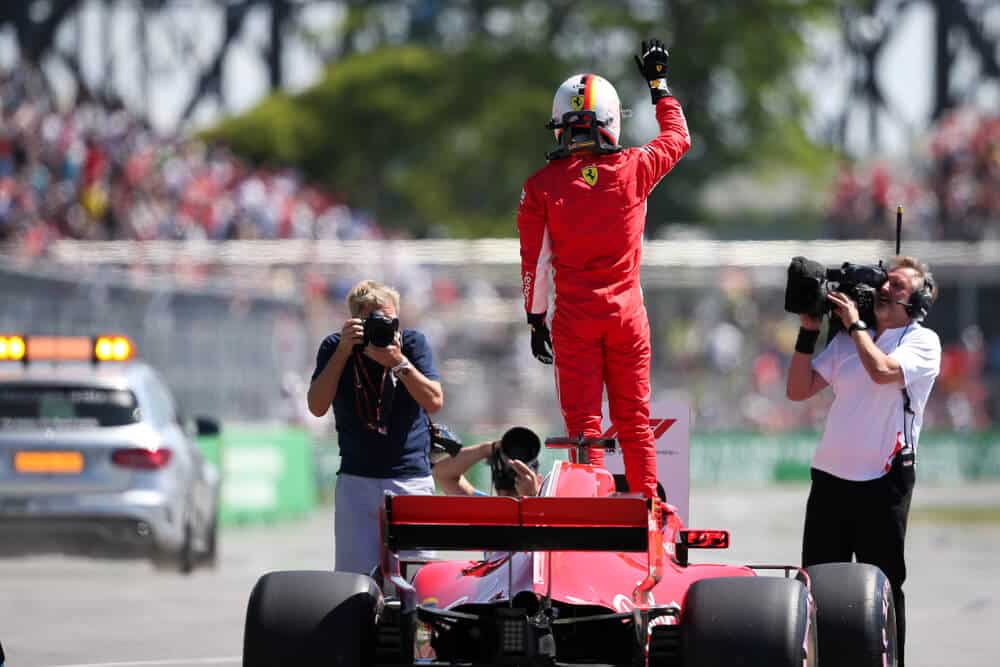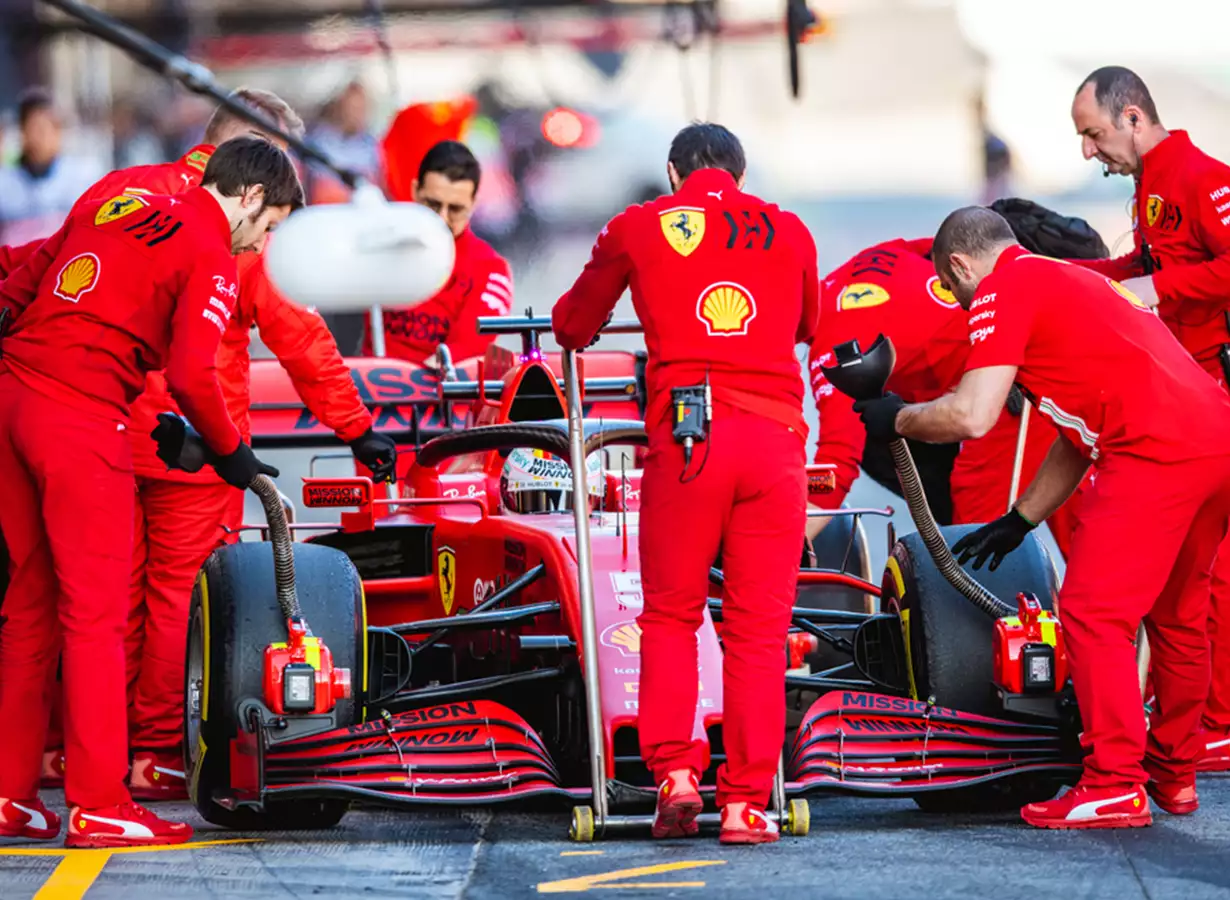If you’re a Formula 1 fan, you know that Pole Position is one of the most important aspects of the sport. Pole Position is the starting position for the race, and it is determined during the qualifying session before the race.
In this article, we’ll go deep into the details of how Pole Position is determined, the strategies for achieving it, and its importance in F1 races.
Table of Contents
Watch this video to learn more about pole position in F1.
How Pole Position is Determined
To understand Pole Position, you first need to understand the qualifying format in F1.
The qualifying session is divided into three parts: Q1, Q2, and Q3. During Q1, all cars compete to set the fastest lap time they can, and the slowest five cars are eliminated from the session. During Q2, the remaining drivers compete to set their fastest lap time, and the slowest five cars are eliminated again. Finally, during Q3, the top ten drivers compete to set their fastest lap time, and the driver with the fastest lap time earns Pole Position.
But it’s not just a matter of setting the fastest lap time in Q3. The starting grid position is determined by the lap times of each driver in Q3, with the fastest driver starting in first position, the second-fastest driver starting in second position, and so on. This means that the difference between pole and second place can be just a few hundredths of a second.
Calculating lap times is a complex process that takes into account many factors, including the length of the track, the driver’s skill, and the performance of the car. Timing is crucial during qualifying, and drivers and teams will often use different strategies to try and gain an advantage. For example, some drivers will try to set a fast lap time early in Q3, while others will wait until the end of the session to try and set a faster lap time on a clear track.
Strategies for Achieving Pole Position
Achieving Pole requires a combination of car setup, driver performance, and strategic planning. Here are some strategies that teams and drivers use to try and gain an advantage during qualifying:
- Car setup: The setup of the car can have a big impact on lap times. Teams will make adjustments to the suspension, brakes, and aerodynamics to try and find the optimal setup for the track.
- Tire selection and management: Tire selection is also important during qualifying. Teams will choose the best tires for the conditions and try to manage the wear of the tires during the session.
- Aerodynamics and engine power: Aerodynamics and engine power can also have a big impact on lap times. Teams will make adjustments to the car’s aerodynamics to try and reduce drag and increase downforce, while also ensuring that the engine is delivering maximum power.
- Analyzing and adapting to track conditions: The track conditions can change during the qualifying session, so teams and drivers need to be able to adapt to these changes. They will monitor weather conditions and track temperature, and make adjustments to the car setup and driving style as needed.

Most Successful Drivers in Achieving Pole Position
Over the history of F1, some drivers have been more successful than others at achieving Pole. Here are the top ten drivers with the most Pole Positions in F1 history (As of March 2023) :
Driver | Pole Positions |
Lewis Hamilton | 103 |
Michael Schumacher | 68 |
Ayrton Senna | 65 |
Sebastian Vettel | 57 |
Jim Clark | 33 |
Alain Prost | 33 |
Nigel Mansell | 32 |
Juan Manuel Fangio | 29 |
Role of Pole Position in F1 Races
Taking pole is more than just a starting position on the grid. It can have a big impact on the outcome of the race. Here are some reasons why Pole is so important in F1:
- Track position: Starting from Pole Position means that the driver has a clear track ahead of them, with no other cars to navigate around. This can make it easier to maintain a lead and avoid collisions during the opening laps of the race.
- Race strategy: Starting from pole gives the driver and team more flexibility in terms of race strategy. They can choose to push hard from the start and try to build a lead, or they can choose a more conservative strategy and try to manage the race from the front.
- Mental advantage: Starting from Pole can also give the driver a mental advantage over their competitors. They know that they have set the fastest lap time and are starting from the front of the grid, which can boost their confidence and give them a psychological edge.
- Points: Finally, starting from Pole can also help a driver to earn more points in the championship. The driver who sets the fastest lap time and starts from Pole Position earns one championship point, which can make a big difference over the course of a season.
Frequently Asked Questions
1. What is F1 Pole Position?
2. Why is F1 Pole Position important?
3. How is F1 Pole Position determined?
4. What factors influence F1 Pole Position?
5. How important is F1 Pole Position for the championship?
Conclusion
In conclusion, Pole Position is a critical aspect of Formula 1 racing. Achieving Pole requires a combination of car setup, driver performance, and strategic planning, and it can have a big impact on the outcome of the race. Whether you’re a die-hard F1 fan or just getting into the sport, understanding pole position is essential for understanding the strategies and tactics that teams and drivers use to win races and championships.
Remember, every detail counts in F1 racing, and taking Pole is just one of the many factors that can determine who comes out on top. By mastering the strategies and techniques for achieving PP, drivers and teams can gain a crucial advantage and increase their chances of success on the track.
Article sources
Learn more about Formula One
Want to learn more about F1? Then visit our Formula 1 glossary and dictionary.



